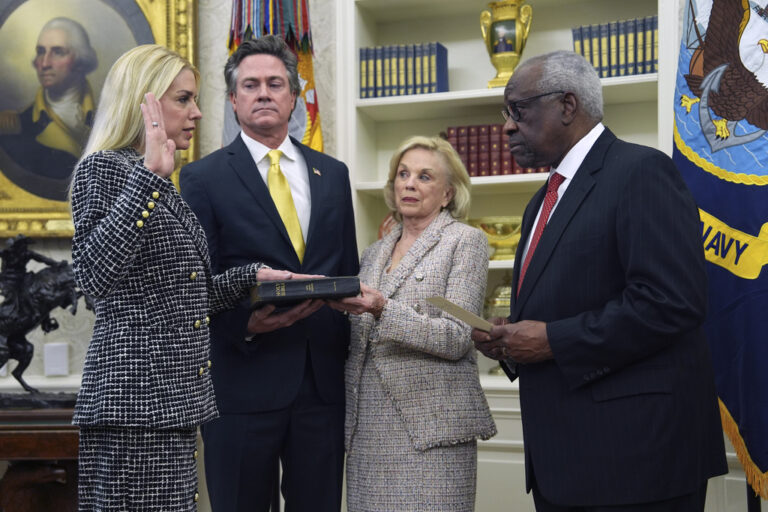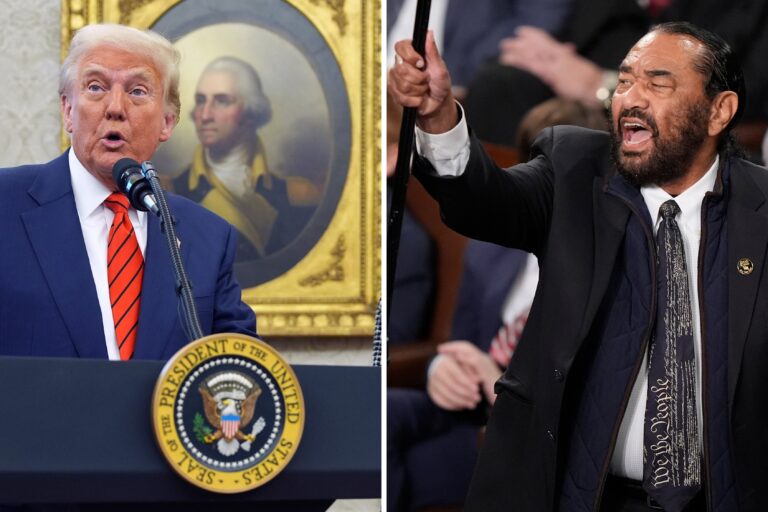 Amazon is taking direct aim at mobile payment systems such as Square by introducing the Amazon Local Register, a credit-card processing device and mobile app designed to help small business owners accept payments through their smartphones and tablets.
Amazon is taking direct aim at mobile payment systems such as Square by introducing the Amazon Local Register, a credit-card processing device and mobile app designed to help small business owners accept payments through their smartphones and tablets.
The move places the largest U.S. e-commerce retailer in competition with Square and other established mobile payment processing systems such as PayPal Here and Intuit’s GoPayment.
Amazon’s technology includes a card reader that attaches to a smartphone, Kindle or tablet. The reader processes credit or debit card payments via a secure Amazon network, the same one that processes Amazon.com purchases. The service is designed to serve on-the-go small business owners who might otherwise only accept cash or checks, including massage therapists, food truck operators and artists who sell their work at outdoor fairs.
Small businesses can start using Local Register by creating an account on http://localregister.amazon.com . Businesses must buy Amazon’s card reader for $10, and download the free mobile app from the Amazon app store, the Apple app store or Google Play. The app works on most smartphones and tablets, including the Kindle Fire.
Similar to Amazon’s strategy in many of its businesses, the company aims to compete on price in the mobile payment arena. For customers who sign up for the service by Oct. 31, Amazon will take as its fee 1.75 percent of each payment processed, or each “swipe” of the card, a special rate that will last until Jan. 1, 2016. For people who sign up after Oct. 31, Amazon will take a service fee of 2.5 percent of each payment processed.
The first $10 in transaction fees will be credited back to the customer, essentially paying for the card reader.
That’s below most of its competitors’ rates. Square takes a fee of 2.75 percent of each transaction. PayPal Here takes 2.7 percent of each transaction and Intuit’s GoPayment rates start at 1.75 percent per transaction if businesses pay a $19.95 monthly rate or 2.4 percent of each transaction without a monthly payment.
“I’ve actually heard some business owners say the only thing that would make them change (point of sale) systems is cost savings,” said Matt Swann, vice president of local commerce for Amazon.
“Payments are hard and that’s one of the things that gets in the way of serving customers, especially for small businesses,” Swann said. “Payment tools need to be inexpensive, simple and trusted to get the job done.”
Local Register is part of a slew of new products and services that Seattle-based Amazon has introduced this year. The company’s Fire smartphone debuted this month. In April, it began selling the Fire TV, a media streaming device. Meanwhile, Amazon is expanding its same-day delivery service and offering grocery delivery and video and music streaming for its Prime loyalty club members.
Investors have largely given Amazon a pass on profit as it focuses on spending the money it makes to grow and expand into new areas. But there are some signs patience may be waning. The company’s most recent quarterly report in July showed a deeper-than-expected second quarter loss despite surging revenue. Since then, the company’s stock has fallen about 11 percent.
Amazon has been expanding into the payment space with other products: Amazon payments, which lets users with stored credit card or banking information on the Amazon site use their Amazon login to pay at sites other than Amazon. And Amazon Wallet, a beta app that lets users store gift cards, loyalty and rewards cards and membership cards and redeem them in store or online.
(AP)










